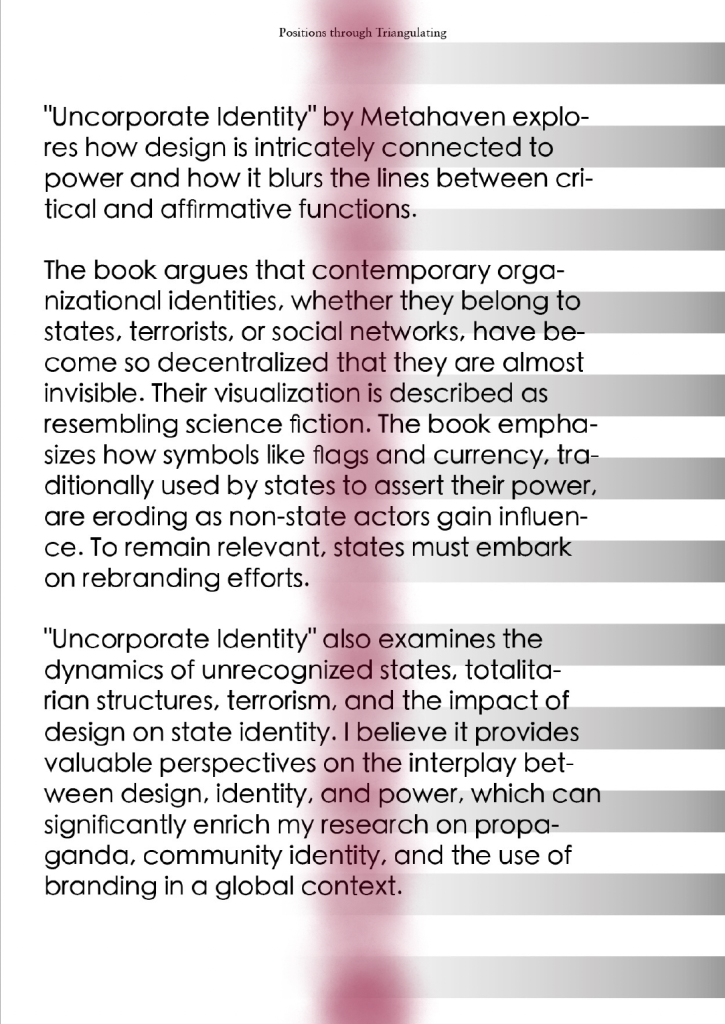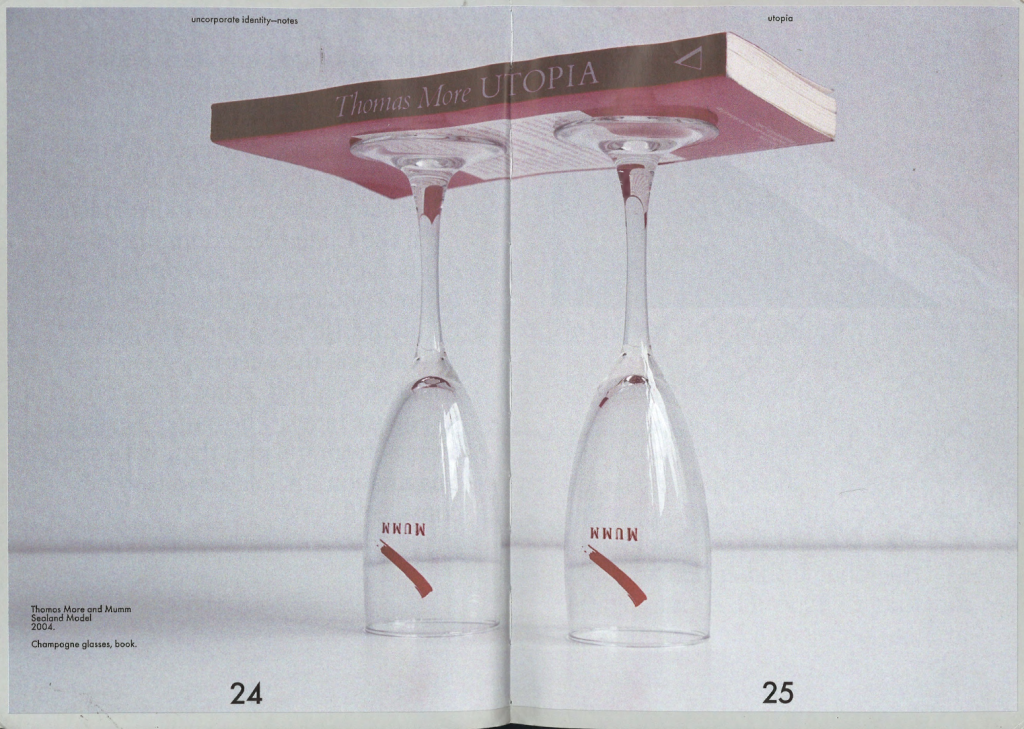Introduction
In this week’s Unit 2 project, we were tasked with creating a piece of writing that analyzes an existing reference that contrasts with the studio-based experiments we’ve conducted in Unit 2 thus far. In the course of my studio-based practice, I have been progressively delving into what fascinates me about the portrayal of proverbs and their influence on people. I have come to understand that while these proverbs convey collective wisdom, they should also carry the responsibility of shaping the thoughts and behaviors of their audience for the better. However, the use of proverbs and slogans as visual mediums can swiftly drift into a manipulative or propaganda approach, where they aim to educate people about the ideal scenario according to the speaker, rather than considering the perspectives of the mass.
During those exercises my focus shifted towards exploring how proverbs are instrumental in forming a collective identity and addressing the masses. Consequently, I transitioned from studying the works of Old Dutch Masters like Pieter Bruegel to examining the practices of states, particularly in times of crisis, when they seek to control the masses and establish a strong collective identity. My focus then centered on comparing the messages and design languages of propaganda posters and proverbial expressions.
Reference
During these explorations and in search of a reference in tension with my studio-based practice, I came across a book authored by the design collective known as Metahaven. In 2010, Metahaven published a book titled “Uncorporate Identity,” which deals with the intertwined dynamics of power and design in modern states. “Uncorporate Identity” also describes the complexities of unrecognized states, totalitarian structures, terrorism, and the impact of design on state identity.
Antithesis
The tension that this reference introduces to my studio-based practice lies in the fact that while I have been examining collective wisdom and regional identity through the iconography of proverbs in painting (“The Netherlandish Proverbs” by Pieter Bruegel) and in illustrations (as seen in propaganda posters), Metahaven argues that there are more modern mediums relevant for creating an “Uncorporate Identity.” This concept is also embodied in the way the publication itself is designed.
The book “Uncorporate Identity” was printed in an innovative manner, mirroring the innovative approach to its subject matter. The design and printing of the book reflect Metahaven’s desire to create a thought-provoking and almost interactive publication. This is evident in several aspects of the book, such as watermarks covering the pages, which may symbolize issues of plagiarism and authorship, graffiti strokes signifying rebellion and critical thinking, print marks emphasizing the curation of the publication and the curatorial role of the editor, the use of large fonts to enhance readability while making challenging topics appear less intimidating, and the inclusion of still life visuals conveying simplicity with deeper meanings.
Synthesis
Metahaven’s approach to the subject of collective identity through design is a fascinating method of illustrating the role that design plays in shaping collective identity. Form and content align in questioning what it means to experience or create “uncorporate design.” For these reasons, I believe that Metahaven’s book provides valuable insights that contrast with the interplay between design, identity, and power, which can significantly enrich my research on the cultural relevance of proverbs and their manipulative tactics.
Feedback
During my feedback session, I was asked to take a clear stand on the reference that would act as a counterpoint to my own practice. I think that by exploring the methods of creating “un-corporate design” further and juxtaposing them with my studies of proverbs, I will be able to describe how the two differ or what they have in common.
Additionally, I received a recommendation to explore the works of Adam Curtis. Curtis provides a critical and historical perspective on the role of propaganda and media manipulation in shaping public opinion and political outcomes. He often highlights how individuals and governments have used various forms of propaganda to influence public behavior, perceptions, and beliefs, with far-reaching consequences for democracy and society as a whole.
While I have not yet had the opportunity to watch his documentaries, one of his opening sentences from the 2016 documentary “HyperNormalisation” has already caught my attention:
“Carefully constructed fake world.”
Next Steps
In my upcoming studio-related project and writing, I will continue to explore both references — Metahaven and Adam Curtis — and adapt my approach based on the medium, scale, or context to further evolve the narrative in my studio-based project and writing.
Bibliography
BBC (2016). HyperNormalisation [Video]. YouTube. https://www.youtube.com/watch?v=fh2cDKyFdyU
Vishmidt, M., Metahaven (Design studio) (Eds.). (2010). Uncorporate Identity (B. Groys, et al., Contributors). Lars Müller Publishers.

